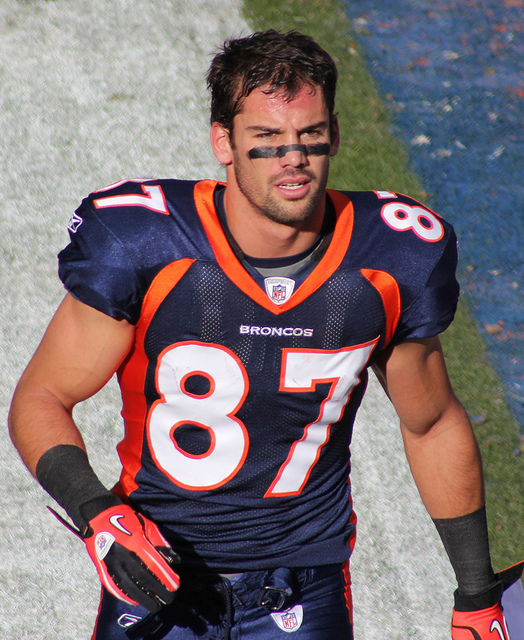
If you thought ESPN analyst Matt Williamson’s path to becoming a paid evaluator of talent was unusual, consider NFL Draft Scout.com senior analyst Chad Reuter. The Wisconsin native learned about the craft of personnel evaluation from a decade of interactions with NFL scouts and general managers. Although he lacks a football background, he managed to transform a hobby into a job because of his tremendous analytical skills, sincere passion for the game, and a veteran scout’s work ethic. In this multi-part conversation, Reuter and I spent a couple of hours discussing a variety of topics related to player evaluation. In this portion of the conversation, Chad and I talk about offensive line play, evaluating technique versus results, and balancing these two behaviors with the craft of projecting a player’s future in the NFL.
Waldman: Are there any positions you enjoy evaluating more than others?
Reuter: I’m an offensive line guy. I love watching the line. I think it is one of the more under-appreciated positions in terms of scouting because it is not just about the physical or mental characteristics of the player. There is also a lot of differences with what coaches want.
Waldman: What are things the average person should appreciate more about line play? Continue reading








